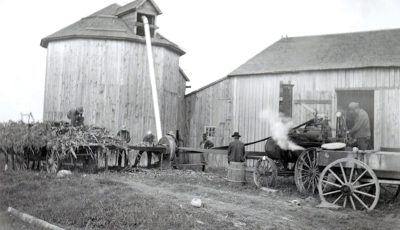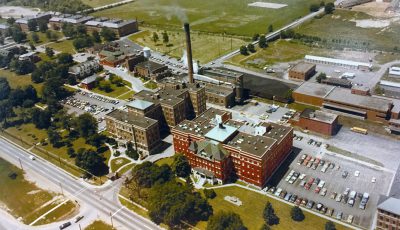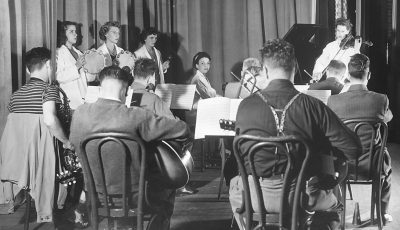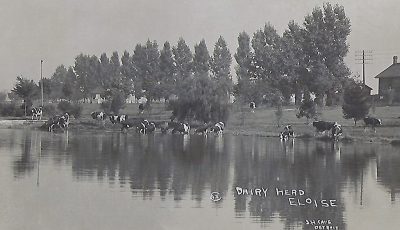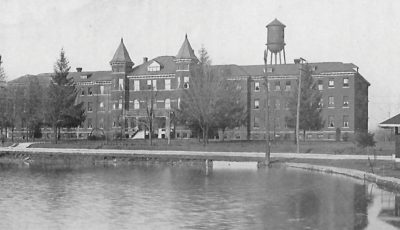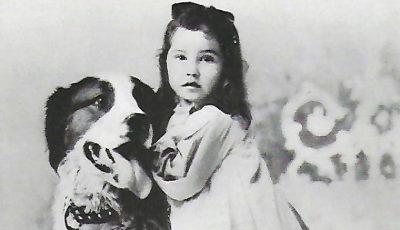The history of Eloise (part 2)

Tyler Moll
This is part two of a multi-part complete history of the Wayne County Poorhouse and Asylum, later known as Eloise. After the first 35 people arrived in 1839 the population at the county house steadily grew. The former Torbert farm came with a barn, two oxen and some seeds so the able bodied were tasked with creating a working farm. The idea was that the county house could be self-sufficient, growing their own food and offsetting the cost, which was paid for by Wayne County tax dollars.
By 1843 the old log cabin was sold for $2 and removed, and a new larger brick dormitory building was built on its site. This building was 78×36 feet and had a basement with two cells and chains attached to the walls for the drunk and unruly. This building was enlarged in 1856 and 1858 due to the rapid growth happening in the county.
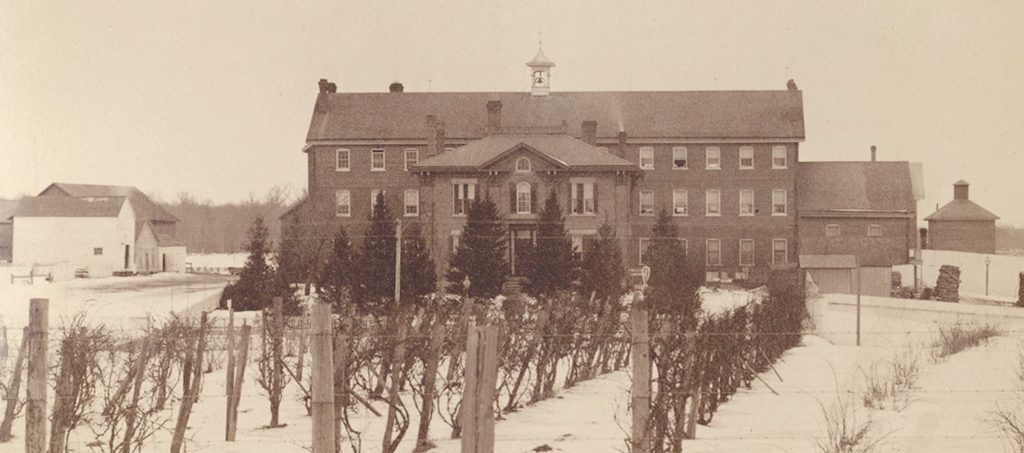
1883 County Poor house. Photo courtesy of Burton Historical collection online images
In 1865 a keeper’s residence was built in front of the dormitory, marking the first time the keeper lived on site full time. Before this the keepers would only be there during the day and go home to their own farms at night. Remember that these keepers were just average local farmers who had their own farms to tend to. Some notable keepers from Wayne include Ammon Brown (1839-41, 1844-46) and Bradshaw Hodgkinson (1864-1872). Up until this point everyone lived together at the county poorhouse, babies, elderly, poor, insane, handicapped, etc.
By the time of the Civil War there were so many people living there that it had become unbearable for the sane inmates. In 1868 the county built a separate brick asylum building for the insane, separating them out of the general population. This was 10 years after the first state asylum opened in Kalamazoo, but the state only wanted women patients and only those they deemed “curable”. In this time there was still no understanding of mental illness or disorders, it was thought that these peoples fits and behaviors were a result of a moral or religious issue with their soul. There were no medications, therapies or attempts to cure, many were just put away in these places and left to wither away.
For a long time, it was considered an embarrassment to have a child or sibling with mental or physical deformities, and up until the 1950s it was common practice to abandon these relatives at state and county asylums. We also have several accounts in the archives at the museum of babies being left in a basket on the doorstep, perhaps born out of wedlock or to unwilling parents.
The county house was also integrated racially at first, but due to rising tensions around the civil war era, a separate wooden building was built for Black inmates and was used from around 1858-1880. After this the county house was integrated again. The pictures show the county poorhouse and asylum as it looked around 1880. Follow along next month for the continuation.


